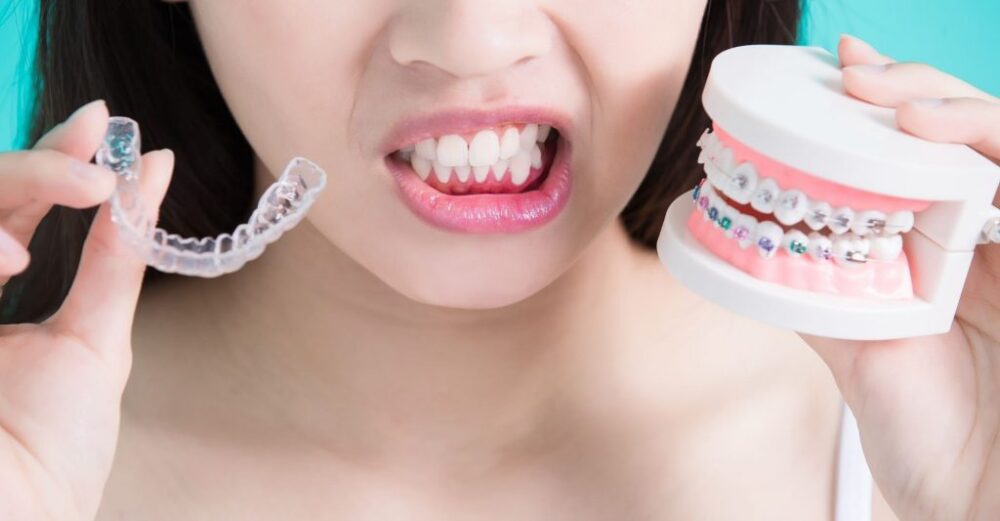Are you considering orthodontic treatment and wondering which option is right for you?
In this blog, we’ll discuss the pros and cons of both clear aligners and traditional braces, so you can make an informed decision that best suits your lifestyle. You deserve to know the facts, from cost to comfort, so you can feel confident in your choice.
Advantages of Traditional Braces
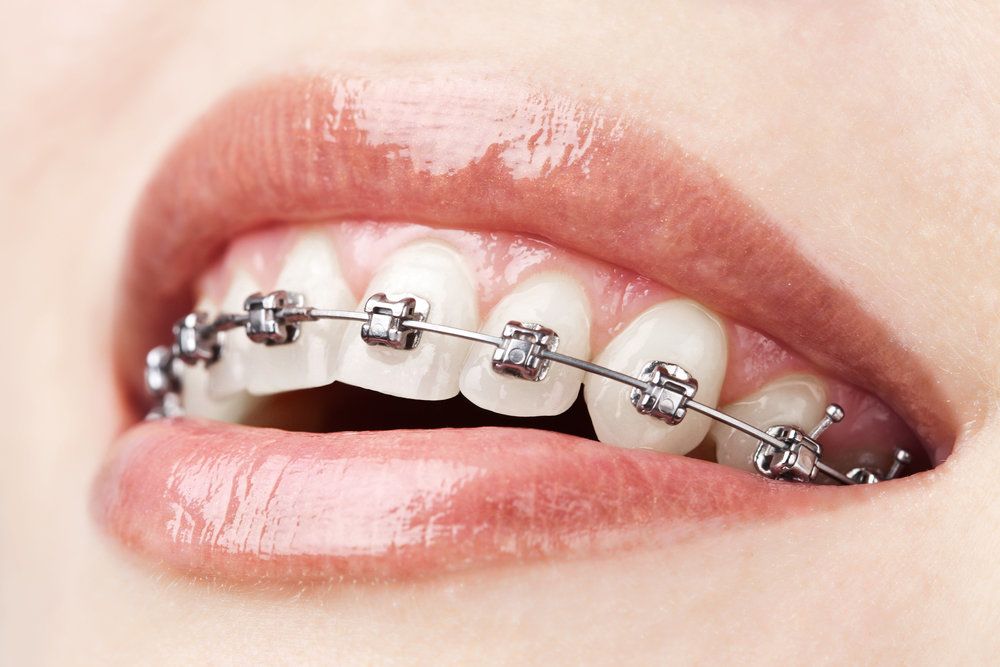
Source: hodgesortho.com
Traditional braces offer a variety of benefits, including affordability and reliable results. When created and fitted correctly, they may give you more control over the process of teeth movement than with clear aligners. This control over movement may be beneficial in cases where more complex teeth alignment is needed. As a result, retaining traditional braces for treatment may be the most appropriate course of action for complicated orthodontic cases such as extreme malocclusions or overcrowding. In many cases, the brackets and wires can move the teeth into proper position faster than aligners when correct pressure is applied.
Additionally, they are often less expensive than clear aligners and rarely require replacement during treatment due to breakage or wear and tear like with aligners.
Benefits of Clear Aligners
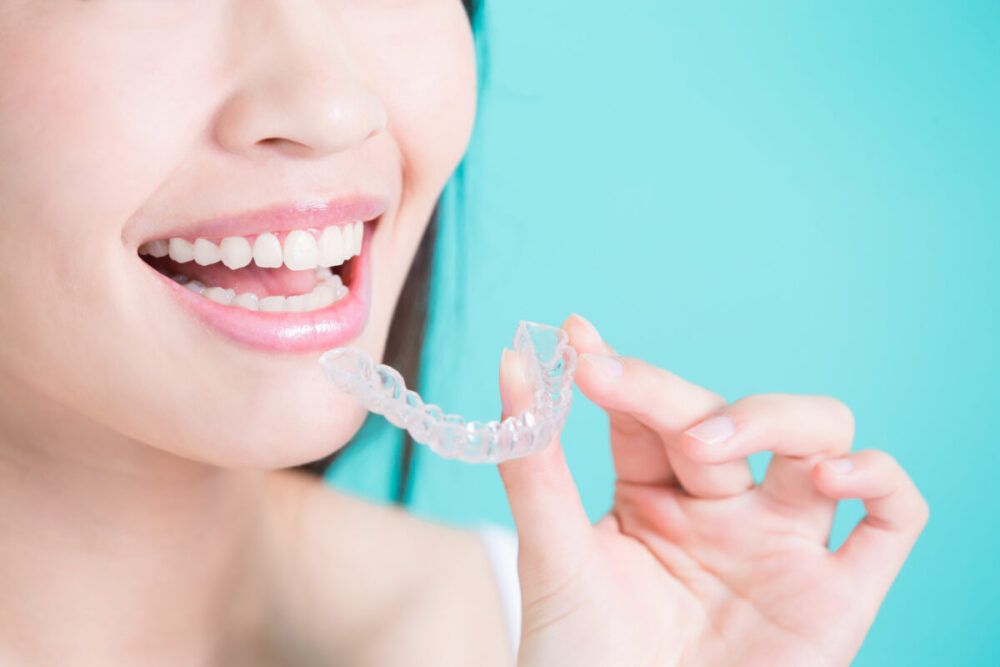
Source: gardencitydental.com
Clear aligners offer a number of advantages over traditional braces when it comes to orthodontic treatment. They are virtually invisible, so people won’t notice them as much, making them a good choice for adults who want to maintain a professional appearance while undergoing orthodontic treatment.
Clear aligners also require fewer visits to the orthodontist and are more comfortable than traditional braces, as they don’t have metal brackets or wires that can cause irritation. Additionally, they can be removed from the mouth for eating, brushing and flossing, so there’s no need to take special steps when cleaning the teeth and gums. Regular tooth brushing and flossing can be done with clear aligners in place with no special adjustments required.
They are also an effective choice for most orthodontic cases, regardless of complexity. Unlike traditional braces that use metal brackets and wires, clear aligners move the teeth more gradually at each stage of treatment, resulting in less discomfort and faster results overall.
Disadvantages of Traditional Braces
Traditional braces involve a metal bracket that is affixed to each tooth and connected with wires, bands and elastic ties. This method of dental correction requires regular visits to the orthodontist for tightening, adjustments, repairs and removal. This type of braces may be uncomfortable for some and there are several disadvantages associated with traditional braces which include the following:
- Visible: Traditional braces can be quite visible on the teeth. The metal brackets, wires and rubber bands may cause self-consciousness or embarrassment in individuals due to their appearance.
- Uncomfortable: People often find traditional braces uncomfortable as they are usually tight on the teeth and can irritate the gums, cheek lining and other areas inside your mouth. This discomfort is often aggravated by eating hard foods or any kind of contact with objects such as teeth brushing or flossing. Some people also report soreness around the lips, chin or tongue.
Cost Comparison of Clear Aligners vs. Traditional Braces
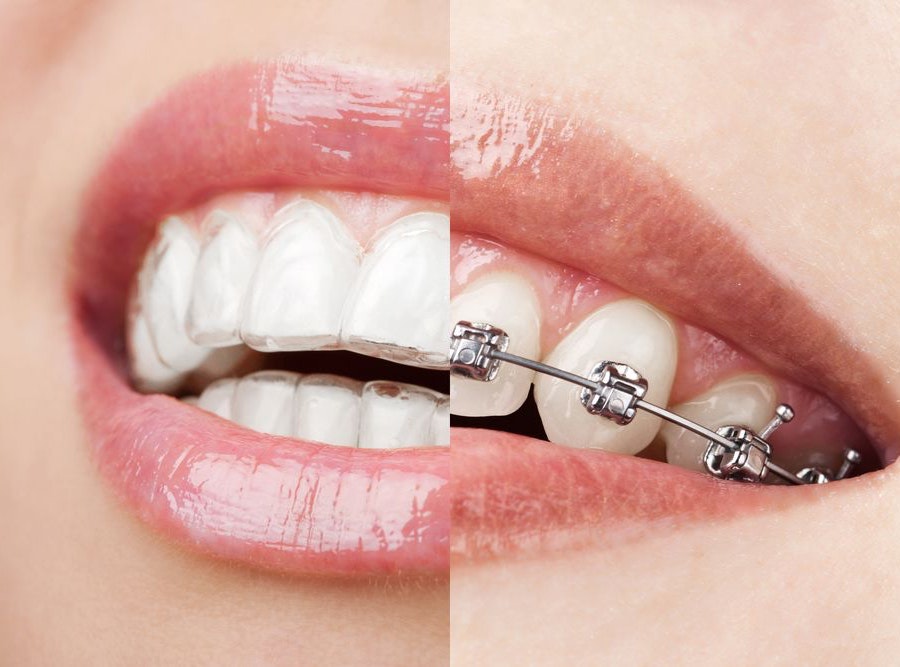
Source: coloradodentalarts.com
When deciding between clear aligners and traditional braces, one of the first questions that comes to mind is cost. The cost of the treatment will largely depend on the individual, their dental insurance coverage, the complexity of their teeth straightening situation, and even geographical location.
To give a general overview of costs for each option, clear aligners can usually be more expensive than traditional braces. With clear aligners treatments such as Invisalign typically costing between $3,000 and $8,000 compared to traditional braces which range from $2,500 to $6,000. Also in some cases an additional cost could be incurred for retainers after completion of treatment to maintain your new smile.
The advantages and disadvantages of both treatments should always be taken into account when making an informed decision about which treatment is right for you. Oftentimes insurance plans may cover orthodontic treatments so it is important to check with your provider in order to get a good estimate on the total costs associated with both types of treatments prior to making a decision.
Maintenance and Care of Clear Aligners vs. Traditional Braces
When it comes to maintenance and care of clear aligners vs. traditional braces, there are some important factors to consider. With traditional metal braces, the brackets and wires used for the treatment must be regularly tightened and adjusted by a professional orthodontist, which typically requires office visits every 6-8 weeks. In addition, due to the complex construction of the metal braces, it can be difficult and time consuming for patients to properly clean their teeth with regular brushing and flossing.
With clear aligners, however, no tightening or adjustments are required since they gradually shift teeth into position as designed. Furthermore, cleaning of the teeth is much simpler without brackets or wires in place – simply brush and floss as usual!
Since traditional metal braces contain metal components which require special attention when eating certain foods that might damage them (such as sticky candy or hard pretzels), they also require even more diligence in paying attention to what is eaten in order to prevent damage or injury due to their sharp edges. With clear aligners there is no such risk since they consist only of a smooth plastic material which softens when heated so as not cause any harm whether heated or not. Finally, traditional metal braces can sometimes irritate one’s cheeks and gums during usage while clear aligners rarely have this same issue.
Final Thoughts
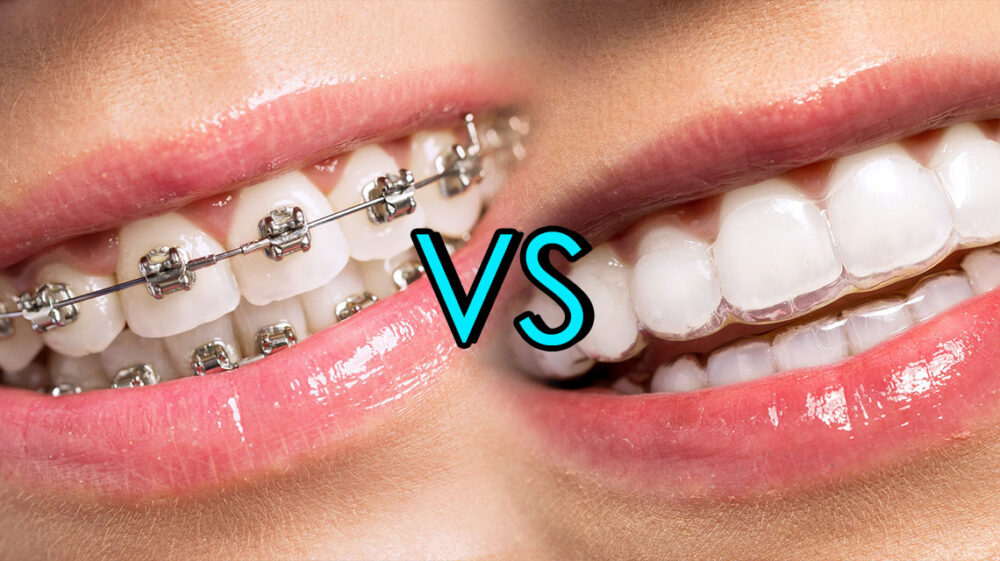
Source: regentdental.co.uk
When making a final decision, think about things like: Cost: Clear aligners tend to be more expensive than traditional braces due to their convenience; Treatment duration: Traditional braces are generally faster than clear aligners; Durability: while both options are strong and durable, clear aligners may need to be replaced more often than traditional braces; Convenience: They require fewer visits for adjustments then traditional braces; Comfort: They are less likely to cause discomfort than traditional braces, which can irritate your gums or lips.
No matter which option you choose, be sure to discuss all of your options thoroughly with your orthodontist before starting any treatment program. They can provide you with detailed guidance on what is best suited for your unique situation. Good Luck!

